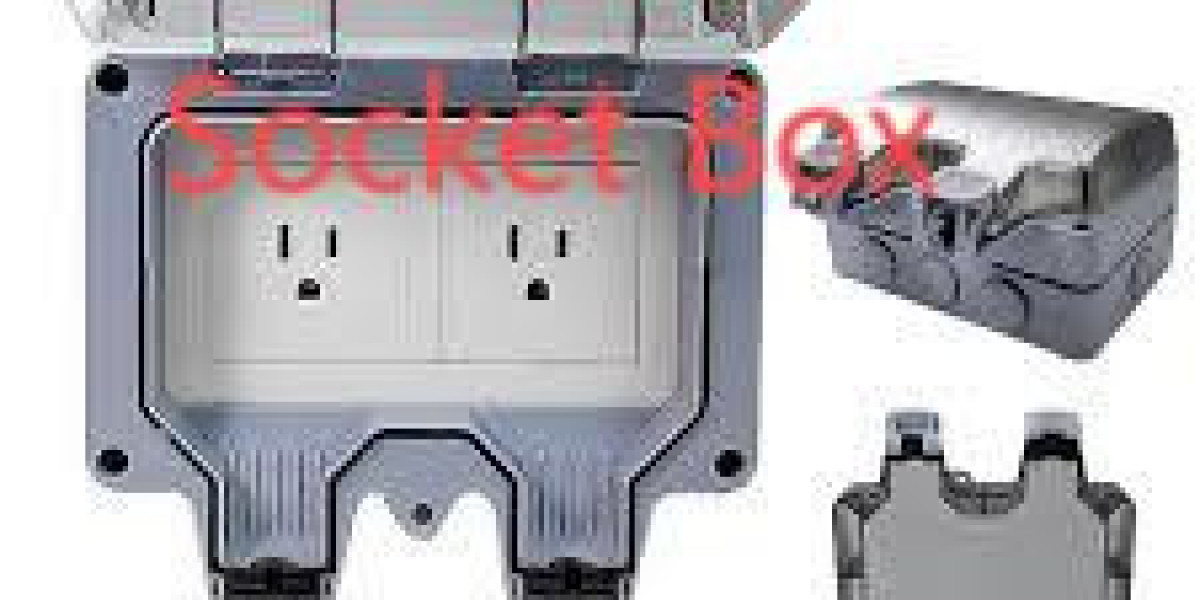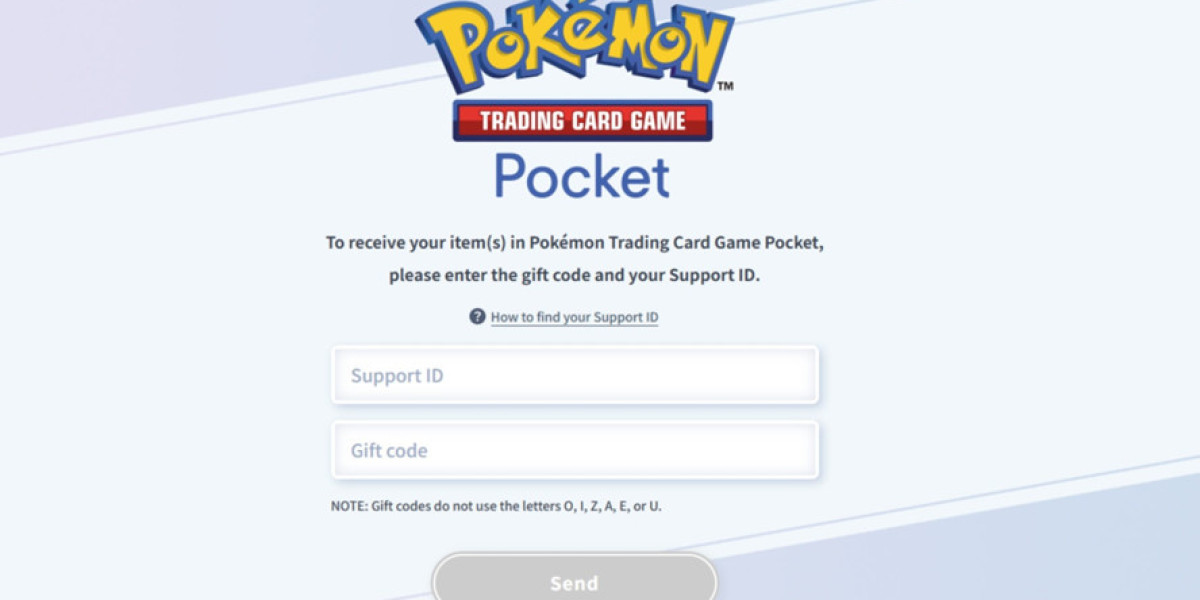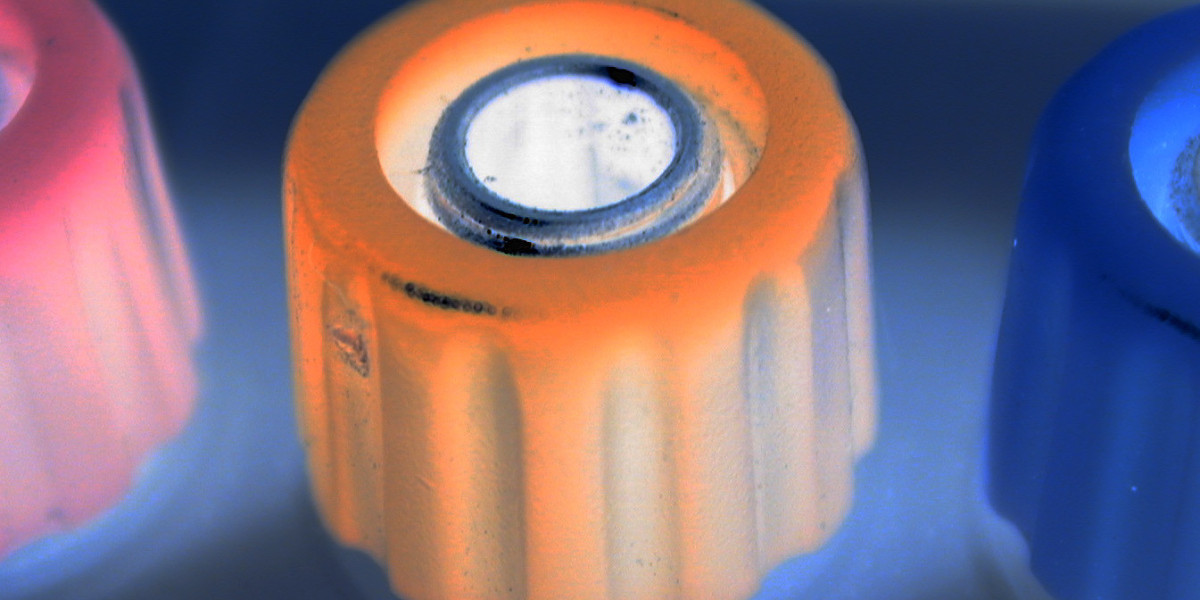In exposed installations, choosing the correct Electrical Outdoor Box at the specification stage prevents water ingress and costly equipment failures, and ensuring the chosen Electrical Outdoor Box meets IP and material requirements from the start saves maintenance time while protecting personnel and assets. Selecting the right enclosure is as much about anticipating environmental stresses as it is about matching internal layout to the electrical equipment it will protect.
Materials and Corrosion Resistance
Material selection defines long-term performance. UV-stable thermoplastics resist sun-driven embrittlement and color loss, while powder-coated aluminum and stainless steel provide mechanical strength and improved corrosion resistance for industrial or coastal sites. Pay attention to hardware—stainless or marine-grade fasteners, hinges, and mounting brackets prevent the most common early failures. Gasket compounds such as silicone or EPDM retain elasticity across large temperature swings, preserving the sealing plane and preventing ingress over years of service.
Ratings, Impact Resistance and Thermal Management
Objective ratings guide good choices. IP values describe dust and water protection and should match expected exposure (IP65 minimum for many outdoor uses, IP66/67 for harsher spray or temporary submersion). IK impact ratings indicate resistance to accidental strikes or vandalism. When enclosures host heat-generating devices, thermal planning is vital: passive heat dissipation, heat-dissipating mounting plates, or internal spacing help avoid hotspots. If forced ventilation is required, use filtered fans or vents designed to retain the enclosure’s protective rating.
Installer-Friendly Design Features
Smart mechanical details reduce field labor and long-term problems. Useful features include removable mounting plates, captive screws that don’t fall into the cavity, multiple pre-cut gland entry sizes, and integrated gland plates for tidy cable transitions. DIN-rail compatibility, clear internal labeling, and adjustable mounting bosses simplify wiring layouts and future expansions. Replaceable gasket kits and tamper-resistant fasteners preserve seals during routine maintenance while making servicing quicker and cleaner for technicians.
Best Practices for Siting and Installation
Correct siting and mounting amplify an enclosure’s protective performance. Mount on a rigid, vibration-free surface and orient cable entries so runoff cannot pool at seals. Use correctly sized cable glands and strain reliefs to prevent conductor fatigue and preserve the sealing plane. Avoid over-tightening screws that can distort gaskets; follow manufacturer torque recommendations. In condensation-prone climates consider breathable membranes or engineered vents that allow humidity escape without admitting dust. Finally, document an inspection routine to catch early wear—check gaskets, fasteners, and sealing surfaces annually or after major weather events.
Applications, Modularity, and Future-Proofing
These enclosures support many functions: landscape and pool controls, solar combiner boxes, EV charging peripherals, temporary site distribution, and motor control junctions. Plan for future needs by choosing modular interiors with spare DIN-rail space and configurable mounting plates to accept surge protection devices, communications modules, or environmental sensors. Standardized mounting footprints and spare-part compatibility reduce lifecycle costs and speed service when upgrades are required. Thoughtful modularity avoids full-enclosure replacements as systems evolve.
Maintenance and Lifecycle Considerations
An enclosure’s value is measured over its lifecycle. Regular maintenance—cleaning seals, verifying fastener torque, and inspecting for corrosion—extends service life and preserves warranty coverage. Replace worn gaskets promptly and keep a small inventory of spare parts (gaskets, screws, and gland seals) on site for rapid repair. When replacing components, use manufacturer-specified products to maintain IP/IK integrity. Lifecycle planning also includes material selection that balances initial cost with decades of dependable performance.
Procurement Tips and Specifying for Success
When specifying, request independent test certificates for IP and IK ratings and ask for corrosion testing or salt-spray reports for coastal applications. Verify internal layout options and confirm that the enclosure accepts the equipment and wiring harnesses you intend to use. Demand clear installation guides and compatible accessory kits (strain reliefs, mounting brackets, and gasket spares) to streamline field work. A supplier who provides technical support and accessible documentation reduces risk and shortens commissioning time.
Choosing the right enclosure is a systems decision that balances environmental exposure, thermal needs, installation practicality, and future adaptability. Prioritize proven materials, verified protection ratings, and practical, installer-focused features to minimize downtime and maintenance costs. For configurable, tested product options and technical documentation suited to varied outdoor power applications, visit www.nante.com/product/








